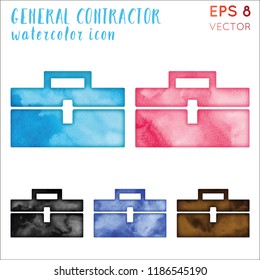Variables To Consider For Business Exterior Painting By Period: Essential Info You Need To Have
Variables To Consider For Business Exterior Painting By Period: Essential Info You Need To Have
Blog Article
Content Create By-Leach Chaney
When you're preparing an industrial external paint job, seasonal aspects can make or break your outcomes. You'll intend to consider just how temperature and humidity effect paint application and drying times. Selecting the appropriate season can guarantee your paint sticks correctly and lasts much longer. But which periods are truly the very best for this kind of work? Allow's check out the key elements that can impact your task's success.
The Influence of Temperature Level on Paint Application
When you're preparing a commercial exterior painting job, the temperature level can dramatically impact how well the paint sticks and dries.
Ideally, you want to repaint when temperature levels range between 50 ° F and 85 ° F. If it's as well cold, the paint may not treat properly, bring about concerns like peeling or splitting.
On the other side, if it's too warm, the paint can dry out too swiftly, preventing proper attachment and leading to an unequal finish.
You ought to likewise consider the moment of day; morning or late afternoon supplies cooler temperature levels, which can be more desirable.
Always examine the supplier's recommendations for the particular paint you're making use of, as they usually give guidance on the excellent temperature level array for ideal outcomes.
Moisture and Its Effect on Drying Times
Temperature isn't the only ecological factor that affects your industrial exterior painting project; moisture plays a significant role also. High moisture levels can decrease drying out times drastically, influencing the overall high quality of your paint task.
When the air is filled with wetness, the paint takes longer to cure, which can result in issues like inadequate attachment and a higher threat of mold growth. If you're painting on a specifically moist day, be planned for extended wait times in between layers.
It's essential to monitor local weather conditions and plan as necessary. Preferably, aim for moisture degrees in between 40% and 70% for optimum drying.
Keeping these consider mind ensures your project remains on track and supplies a lasting finish.
Best Seasons for Commercial Exterior Painting Projects
What's the most effective time of year for your business external paint jobs?
Spring and early loss are normally your best bets. Throughout these seasons, temperatures are light, and humidity degrees are typically lower, producing ideal problems for paint application and drying.
Stay clear of summer season's intense heat, which can trigger paint to dry as well quickly, resulting in bad adhesion and surface. In a similar way, winter's cold temperatures can impede appropriate drying out and treating, risking the longevity of your paint job.
Go for please click the following internet page with temperatures in between 50 ° F and 85 ° F for optimum outcomes. https://find-a-painter-near-me10864.bloggadores.com/33606457/explore-the-most-recent-approaches-and-developments-in-residential-paint in mind to inspect the neighborhood weather prediction for rainfall, as damp problems can wreck your task.
Planning around these elements ensures your painting task runs smoothly and lasts longer.
Conclusion
In conclusion, intending your business outside painting tasks around seasonal factors to consider can make a substantial difference in the end result. By scheduling work during the optimal temperature levels and humidity levels, you'll make sure better bond and drying times. Bear in mind to keep an eye on regional weather prediction and choose the right time of year-- spring and early autumn are your best choices. Taking these actions will certainly help you achieve a resilient and professional coating that lasts.
